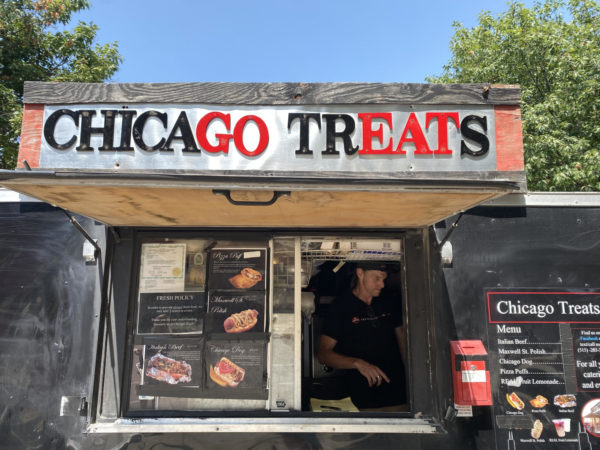Breaking down buying in bulk
January 16, 2013
Many begin January hoping to get healthy, lose weight and save money throughout the upcoming year. Buying in bulk may be an unexpected way to accomplish such goals in 2013.
Buying in bulk may not seem very appealing, especially to college students lacking storage space, but it can be a healthier, more economic and environmentally friendly way to shop.
Over the past few years, the incidence of buying in bulk has been on the rise. Kim Corbin, marketing manager at Wheatsfield Co-op, 413 Northwestern Ave., says bulk sales continue to grow and “The Incredible Bulk Sale,” held twice per year, is one of the most popular days at the store.
The debate remains around whether purchasing foods in bulk can actually save individuals money.
“I think the argument is more about attributes other than prices — saving the environment by reducing packaging, perceiving foods as healthier, not wanting to promote big agro-food businesses,” says John Beghin, professor of economics.
In terms of buying in bulk, savings depend on how often you make a trip to the store, if you have your own car, and the size of your family, among other factors, according to a 2009 article from The Journal of Economic Perspectives.
People with a lot of storage space who prefer to make fewer trips to the store benefit the most. This article summarizes a study conducted in 2006 that found the average household saves about 16 percent by buying in bulk. The study showed that buying a non-sale 24-pack of soft drinks is on average 2.7 times the price of a six-pack, but still discounted over 30 percent per unit price. This money-saving theory also applies to healthier foods.
Corbin highlights the savings found through buying in bulk at this organic food store.
“Overall you can save money in bulk because you don’t need to buy the whole package, but you can get what you need,” Corbin says.
Corbin points out buying in bulk reaps numerous environmental benefits. Buying in bulk means less packaging than traditional grocery packaging.
“We receive bulk products in large bags, around 25 pounds, as opposed to grocery items that come in their shelf display boxes and are shipped in cardboard boxes of four to 12 items per box,” Corbin says.
When it comes down to it, savings for the typical college student purchasing groceries only for themselves depends on the point of view. For some, reducing waste and saving the environment is important. For others, it is not worth the time and effort to bring your own container to the grocery store only to eliminate some plastic.
Whether you are sold on buying in bulk or not, the largest savings can be found when purchasing herbs and spices. The key is to not buy more than you will use.










